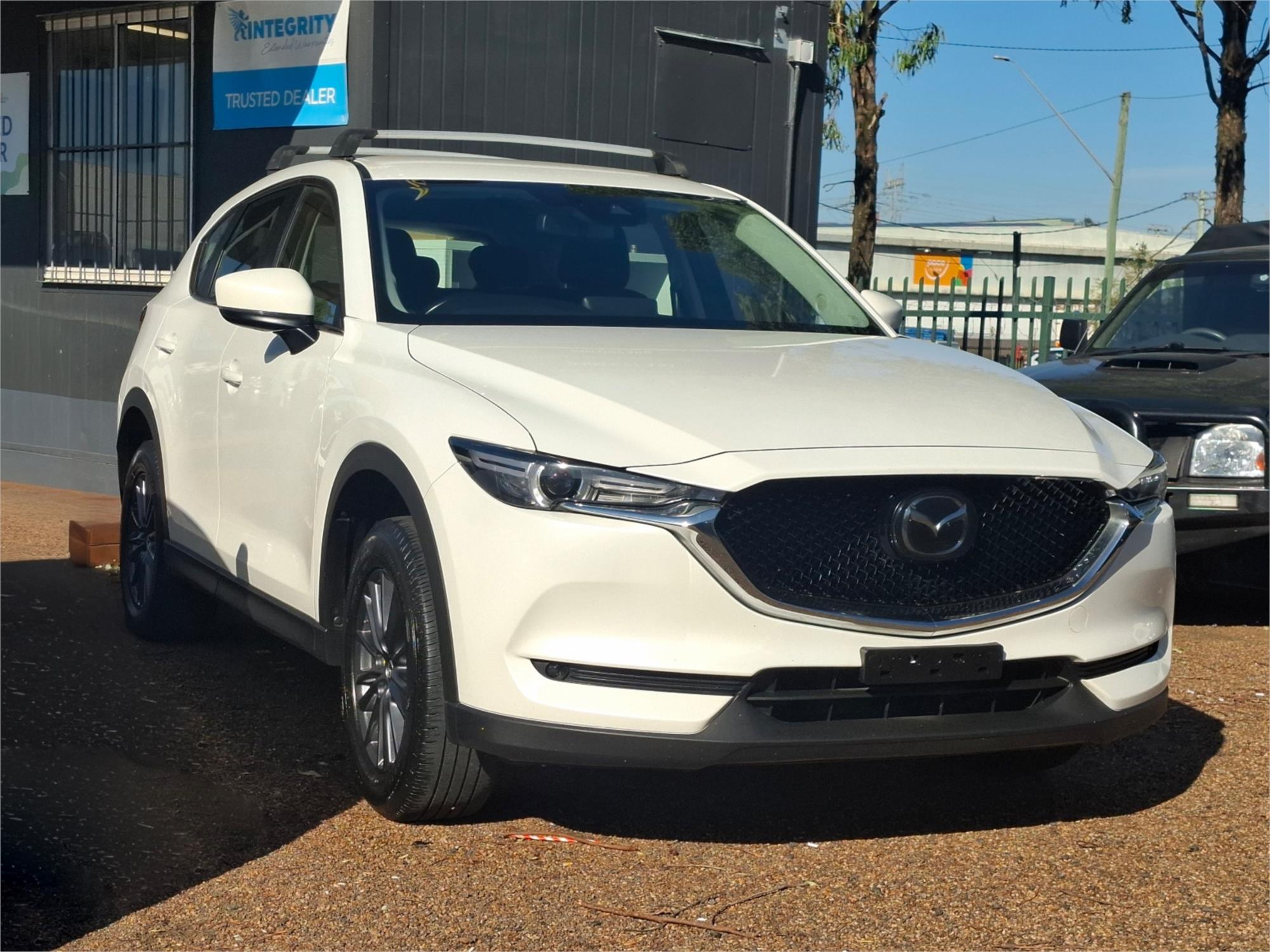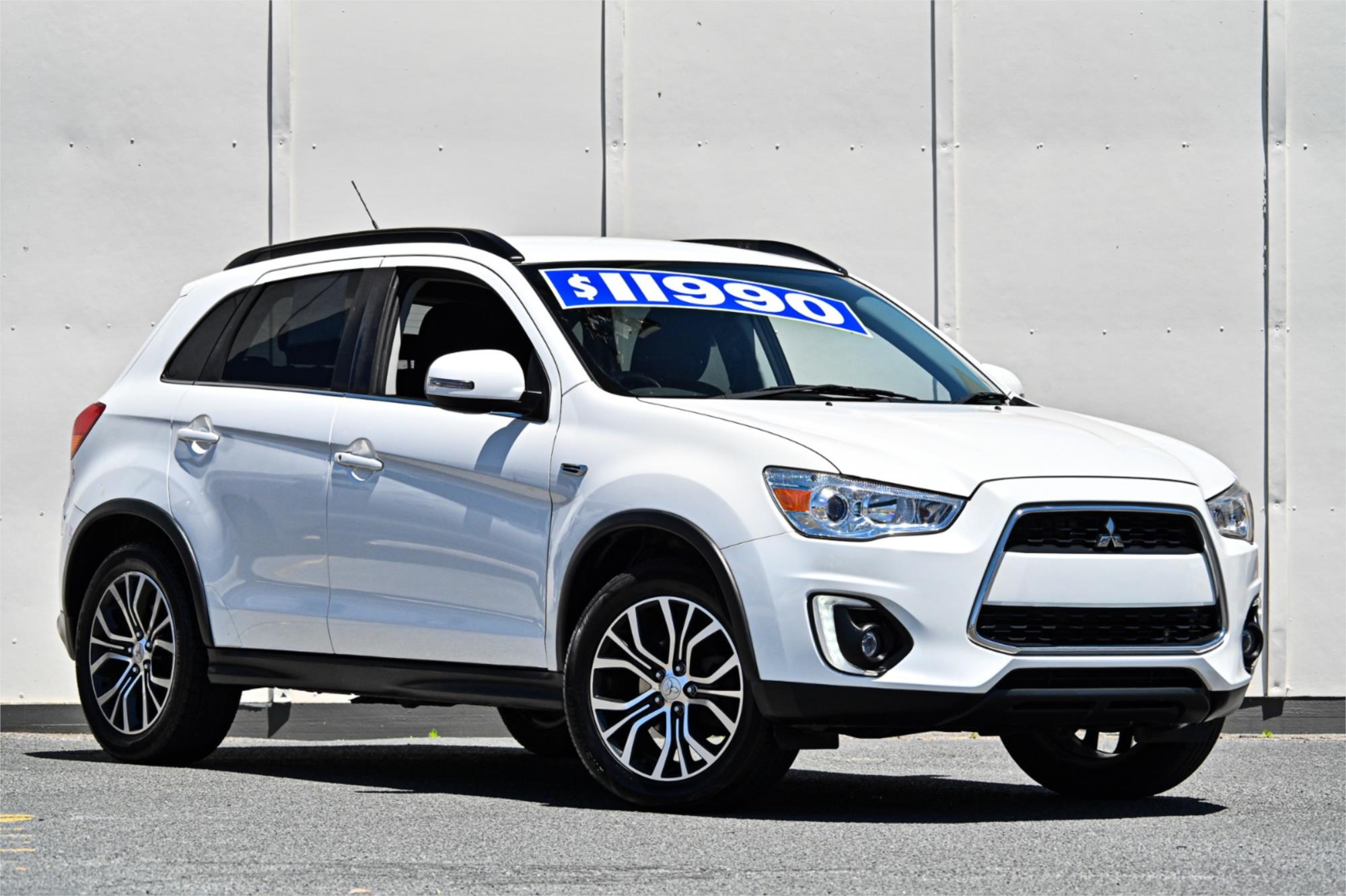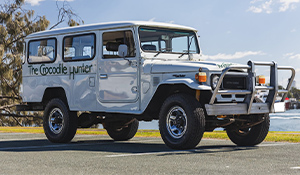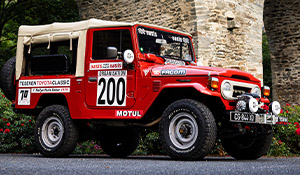From the beach to the bush
From the capital city of Brisbane explore from the beach to the bush with these two easily accessible off-road day drives.
BRIBIE ISLAND
The only island connected to the mainland by a bridge in Queensland makes the Ocean Beach drive on Bribie Island an easy day drive from Brisbane.
There are interesting historic war time relics to check out, wildlife and plenty of locations where you can stop and relax with a picnic, and like many of the drives around Brisbane, it’s perfect all year round.
This is suitable for all 4x4s, including SUVs with enough power for the entry/exit points as they can get powdery especially during school holidays. Do make sure you drop tyre pressures though to at least 20psi for most vehicles, disable stability control and lock centre differentials (if fitted).

The soft sand can be slow going and the beach may be impassable at high tide and closed with tides over 2.3m and so check the weather conditions before you head out. To comply with the rules banning vehicles within 5m of the dunes, plan your drive up the beach at least two hours before low tide as this will allow enough time to drive up and back, sightsee and enjoy this pristine beach area.
Getting There: Bribie is connected to the mainland by bridge across Pumicestone Passage around a 45-minute drive north from Brisbane via the Bruce Highway (M1/National Highway A1). Take the Bribie Island/Caboolture Road exit and follow the signs to Bribie Island. Woorim, where the Ocean Beach drive commences is on the eastern side of the island approximately 5.5km from Bongaree where the bridge brings you onto the island.

Beach access, and the start of the Ocean Drive is from Eighth Avenue car park off North Street, Woorim on the eastern side of the island. All the main roads on the island are bitumen so no need to reduce tyre pressures till you are ready to enter the beach – there’s a parking area to do this. The northern searchlight marks the end of your drive so don’t go further as on-the-spot fines apply.
Highlights An historical feature of this drive is the weathered relics of Fort Bribie, built to defend Brisbane during World War II. Gun emplacements, bunkers and searchlight buildings are scattered along the beach, dunes and in the coastal heath. Many are now fenced off due to structural instability so please obey the signs and we recommend not climbing over or in any of the structures. All of them are listed on the Queensland Heritage Register and managed to conserve this cultural heritage site. The historic northern searchlight marks the end of your drive along the beach.

Fishing is another drawcard and Ocean Beach offers some great surf fishing with prized catches including dart, whiting, flathead and bream. Even the novice with a hand line can be rewarded with a nice size whiting perfect for dinner. For fishing zones around the island visit this link as some areas are Marine National Park zones.
Standard Easy
Permits A vehicle access permit is required to drive Ocean Beach, available as follows:
- Online;
- In person; and
- By phone – 13 74 68.

Camping Ocean Beach camping area is 16km north of the beach access point at Woorim and only accessible by 4WD. Camping is permitted at the designated sites – 63 in total – and site entrances are defined by an alphanumeric sign. Campsites are suitable for tent camping beside your vehicle, walk-in camping, camper trailers and large groups. Sites must be pre-booked. Toilet facilities are provided at campsite P and you are required to either use these facilities or bring your own portable enclosed toilet system.
Bribie Island Caravan Park is 200 metres from Woorim Beach. Minimum number of night booking periods apply. There are many other accommodation options on the island.
For more information
- Bribie Island – Qld Parks – visit <a href="www.npsr.qld.gov.au/parks/bribie-island">www.npsr.qld.gov.au/parks/bribie-island</a>
- About Bribie – visit: <a href="www.visitbribieisland.com.au>visitbribieisland.com.au</a>

D’AGUILAR NATIONAL PARK
On Brisbane’s front doorstep, this drive makes a perfect day trip out of the city and into the bush. Drive on tracks originally carved by the drays of timber-getters and gold prospectors during the 1860s, as you explore the northern, more remote Mount Mee section of the unusually named D’Aguilar National Park.
Named in honour of Sir George D’Aguilar, a British Army officer, it offers good swimming holes, lookouts with sprawling views across Somerset and Wivenhoe lakes, the picturesque Neurum Valley and farmlands, waterfalls and great picnic areas.
The Gantry is a large picnic area with walks close by along the Mount Mee forest drive. The shelter is a legacy of the sawmill that operated here until 1981. Enjoy a picnic or barbecue at the grassy picnic area. There are two walks that start and finish opposite the picnic area. Wheelchair and parking facilities are provided.
Also along the rainforest drive is The Mill rainforest walk, perfect to stretch of the legs while Rocky Hole is a relaxing location along the creek to cool off.
Make sure you include Dayboro with its old-world charm, antique shops, galleries and an awesome pub.

Getting There
From Brisbane head in a north-westerly direction to Dayboro, 40kms from Brisbane, either via Samford (this is a particularly scenic road past Lake Samsonvale) or Petrie.
Via Petrie: Exit the Bruce Highway at Anzac Avenue and follow the signs to Petrie. Turn right at Petrie roundabout and follow Dayboro Road to Dayboro. Via Samford: Travel to the western suburb of Ferny Grove and follow Samford Road into Samford. Turn right at the service station in Samford and continue to Dayboro.

Highlights
The Gantry, a day use area just inside the park near the Sellin Road access to Mt Mee, is what’s left of the old sawmill. There is a spacious, grassy picnic area, tables, toilets, fire places, plenty of parking and across the road the Mt Mee Forest Station Office. The Piccabeen and Somerset Walks begin here.
Somerset Lookout has views out to the west over the Great Dividing Range, Lake Somerset and Wivenhoe. At Falls Lookout take the short walk to a viewing platform overlooking the pretty Neurum Valley and northern section of the D’Aguilar Range. Rocky Hole and Broadwater, which you will pass at the northern end of the park, are very popular locations – especially in summer, with their water holes and rock pools.

Standard
Track conditions within the park vary from easy to difficult, depending on the weather. There are many tracks weaving through the park and some are especially steep and will require low range. Track surfaces fluctuate from dirt, which becomes rather hazardous and very clay-like when wet, to rocky, sand and gravel and there’s a few creek crossings as well. Most tracks through the range are suitable for SUVs, though best to check track conditions first.








Permits
Permits are required for camping but not for a day drive.
Camping
Within the northern Mount Mee section of the National Park there are two designated camp areas. Neurum Creek Camping Area, within the forest has raised dirt tent sites, and Archer Campground has large grassy sites and is more suitable for families and larger groups
Both are close to Neurum Creek, have toilets, water (not suitable for drinking) and fireplaces (fires are prohibited during total fire bans). Neither are suitable for trailers or campervans. Generators and domestic pets are not allowed. Bring your own firewood and have a fuel stove for cooking. Mobile phone coverage is unreliable. Camping permits are required and fees apply. Pre-booking is recommended.









